Police have updated technical surveillance guidance
Working together with the Data Protection Ombudsman, the police have assessed how the data protection practices for technical surveillance carried out by the police in public places should be developed. Based on the assessment, guidance and practices have been updated to bring them in line with current legislation.
The Data Protection Ombudsman criticised the way the police carry out technical surveillance together with the municipalities. The criticism specifically concerned cooperation between the City of Oulu and Oulu Police Department, but the police have used a similar approach in several other municipalities.
“The police have carried out technical surveillance with municipalities since back in the 1990s to maintain public order and safety, to prevent crime and to identify suspects. Technical surveillance has proven to be effective in solving mobile crime, robbery and violent crime,” says Chief Superintendent Pekka Sallinen at the National Police Board.
Based on the criticism, the police, together with the Data Protection Ombudsman, conducted an extensive impact and risk assessment of technical surveillance pursuant to section 21 of the Act on Processing of Personal in Criminal Matters and in Connection with Maintaining National Security (1054/2018).
System and agreements updated
Following the assessment, the police have updated their internal guidance and built a centralised camera surveillance system. The system will help the police to carry out measures such as centralised user management and logging as required by legislation, impact assessment and associated risk assessment.
The police carry out technical surveillance both independently and in cooperation with other authorities and, for example, with municipalities. For the purpose of cooperation, the police have updated the contract template for the processing of personal data which agrees, among other things, data control between the parties.
“The new agreement template will allow cooperation and, in particular the processing of personal data, in accordance with data protection impact assessment and risk assessment,” Sallinen notes.
The police have started to update agreements with the parties referred to above. The aim is that the police will use the municipalities’ technical surveillance systems in various public places through the new centralised system.
When the police record a camera image from an area, such as a city square or street, under surveillance, this is technical surveillance by the police. Technical surveillance is notified by signs put up in the area surveyed. In carrying out surveillance operations, the police do not use information included in special categories of personal data, such as biometric facial images, that can be used to identify a person by their physical characteristics.
socialShareGray




